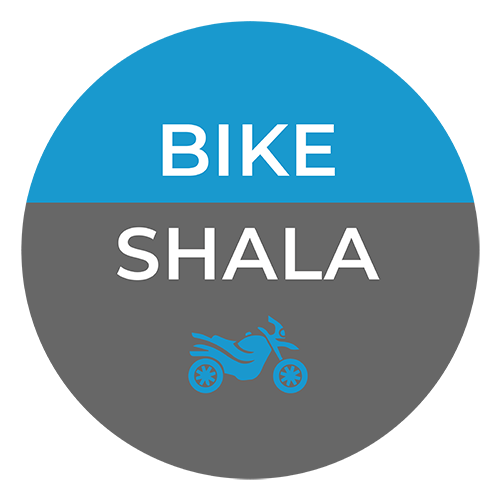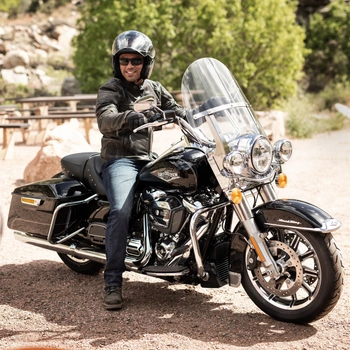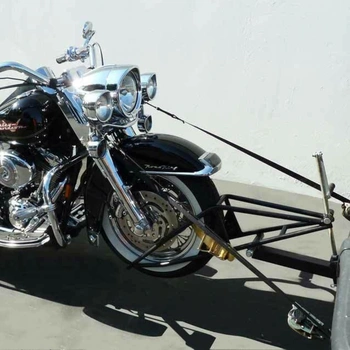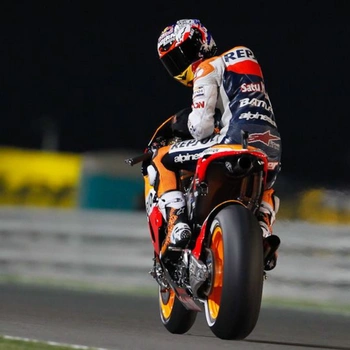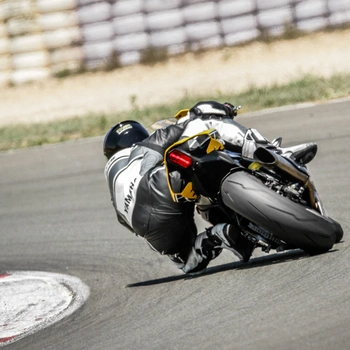
In our biker community, a rider’s scuffed knee pucks and worn tires on a track day give a sense of accomplishment to all fellow riders. In most videos or photos of sport riding, we see motorcycle racers dragging their knees with their knee pucks having a solid contact with the pavement. Such track day event photographs are a measure of sport riding accomplishments and a gem of a treat to our eyes. To fellow non-riders or those who haven’t achieved this level of riding experience, knee dragging seems to be more of a stunt trick or to say a heroic act. To some, touching of the knee on the pavement at such high speeds gives an impression of a shattered leg bone or knee, ripped flesh and torn ligaments.
Now, the fact and truth are that knee dragging which gives a rider an amazing feeling of thrill and confidence, tells a lot about their riding skills and personal limits. Knee dragging is not just an act, it’s more of a powerful tool to measure one’s pushing limits and limitations of their motorbike. Knee dragging results in having a bike reach its maximum lean angle to take the corner faster. This causes hanging off the bike and your knees touching the ground.
Here are some of the fundamentals and reasons to know why knee dragging or hanging off the bike is an important motorcycle riding skill.
Lean Angle Gauge: Touching your knees on the pavement gives a measure of your exact lean angle. Lean angle is that angle which you achieve on turning your bike on the turn and is a sort of lean angle protractor. Once your body position remains consistent from corner to corner, you get to know your bike’s maximum lean angle. In the uphill terrains and trickier section where you often underestimate your lean angle, this skill proves to be very useful. Knee dragging improves by working on your cornering skills which save you from going down. With no proper cornering speed and consistency, you may exceed your speeding limits at corners more than on the straights.
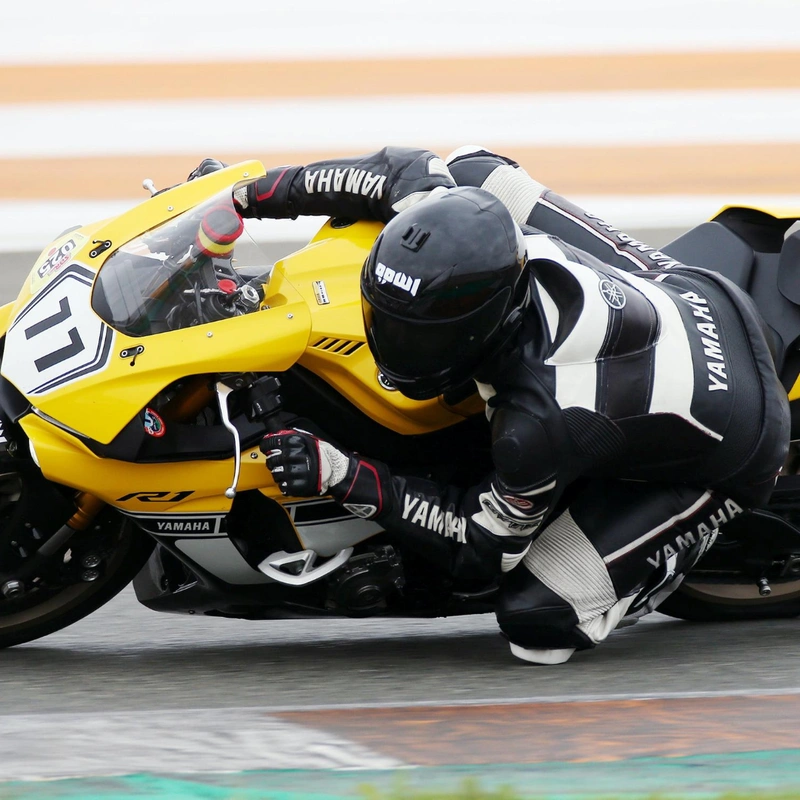
Lower Center of gravity: When you hang off the bike or drag your knees on the turn, the combined center of gravity of you and the motorbike lowers due to moving of the weight inside of the turn. The idea here is to lower the center of gravity to as much as possible and moving it to the inside of the corner. This allows you to have a stand the bike much quicker and have more grip and safety with pushing the limits of your motorcycle and tires.
Braking point: To get your bike leaned more moderately and to increase your corner speed, apply the brakes closer to the corner each time you try. As the rider is leaning over more with a steady posture and consistency, the body must slide to the lower edge of the seat to bring knees out. This requires a lot of practice and have patience if your knees do not touch the ground.
Saves a crash: We have seen many motorcycles losing tractions and sliding into almost a crash but the rider somehow saves the crash by riding with his knees dragging on the track. This will not always work but surely increases the chances of saving yourself from a crash.

Gives extra stopping power: An extra wind resistance is created when you approach a corner and bring the knees out. This helps in reducing the force required to turn the motorcycle and slows you down a bit faster. This effect marks a noticeable difference at high bike speed.
Dragging your knees while riding a motorcycle seems a cool skill but it also helps the rider with speed and safety. Hanging off the bike or knee down requires a lot of practice and patience. Be sure to have the right motorcycle with good tires, reasonable ground clearance and suspension. Have strong knee pucks and riding gears to have maximum protection and comfort. Keep practising in closed courses with stable body posture and motorcycle cornering skills.
